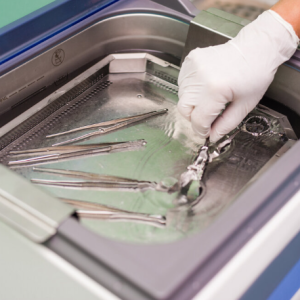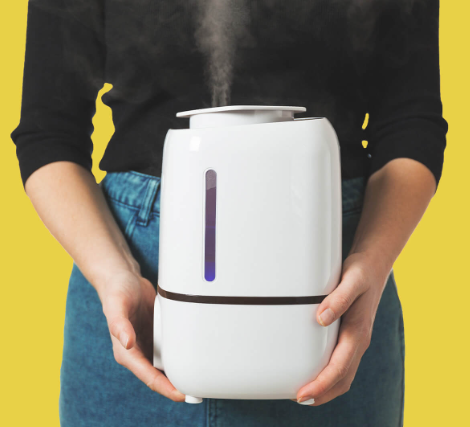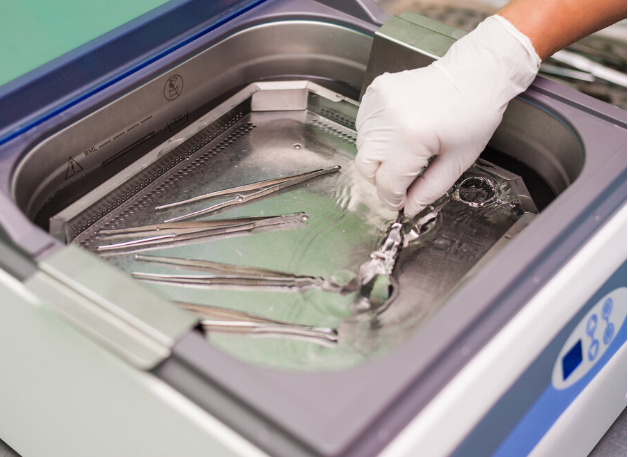
Ultrasonic cleaning: applications and the contaminants it removes
Ultrasonic cleaning equipment can prove invaluable in all sorts of settings, from golf clubs to dentist surgeries. Let’s take a look at the different applications of ultrasonic washing, also known as sonic cleaning, and what sort of contaminants it can remove.
What is ultrasonic cleaning?
It is a means of cleaning using sound waves and can be used in cleaning all sorts of items, including eyeglasses, dental instruments, sporting equipment, medical devices, and automotive parts.
There are large ultrasonic cleaner choices and smaller versions but all use high frequency sound waves that are created using an ultrasonic transducer. These waves create what are known as cavitation bubbles within a cleaning liquid and when these bubbles collapse, a cleaning action results that can remove everything from dirt and debris to grease.
Benefits of ultrasonic cleaning
Cleaners from companies such as https://www.hilsonic.co.uk are chosen for a huge number of potential applications because they can loosen and remove the deposits that traditional cleaning methods can fail to target.
One of the requirements of this type of cleaning is that items must be able to be submerged in liquid and dried easily. You may think that this vastly limits what can be cleaned but even the likes of electrical components can be cleaned in this way, as long as they are dried properly.
Removing contaminants
All sorts of contaminants can be removed quickly and easily, including soot, common dirt, engine sludge, grease and other oily chemicals. Ultrasonic cleaning does not remove viruses and spores, however. Read more about how other cleaning methods can prevent the spread of illness.
Items that can be cleaned
Unwanted materials can be removed from an array of items, including brittle materials like ceramics and glass, along with such items as motherboards, surgical instruments, large engine parts, delicate lenses, long rifles, and jewellery. You can also passivate stainless steel using a citric or nitric acid solution.
Ultrasonic cleaning can make short work of cleaning and decontamination tasks that could otherwise take up large amounts of time and energy to complete.


Leave a reply